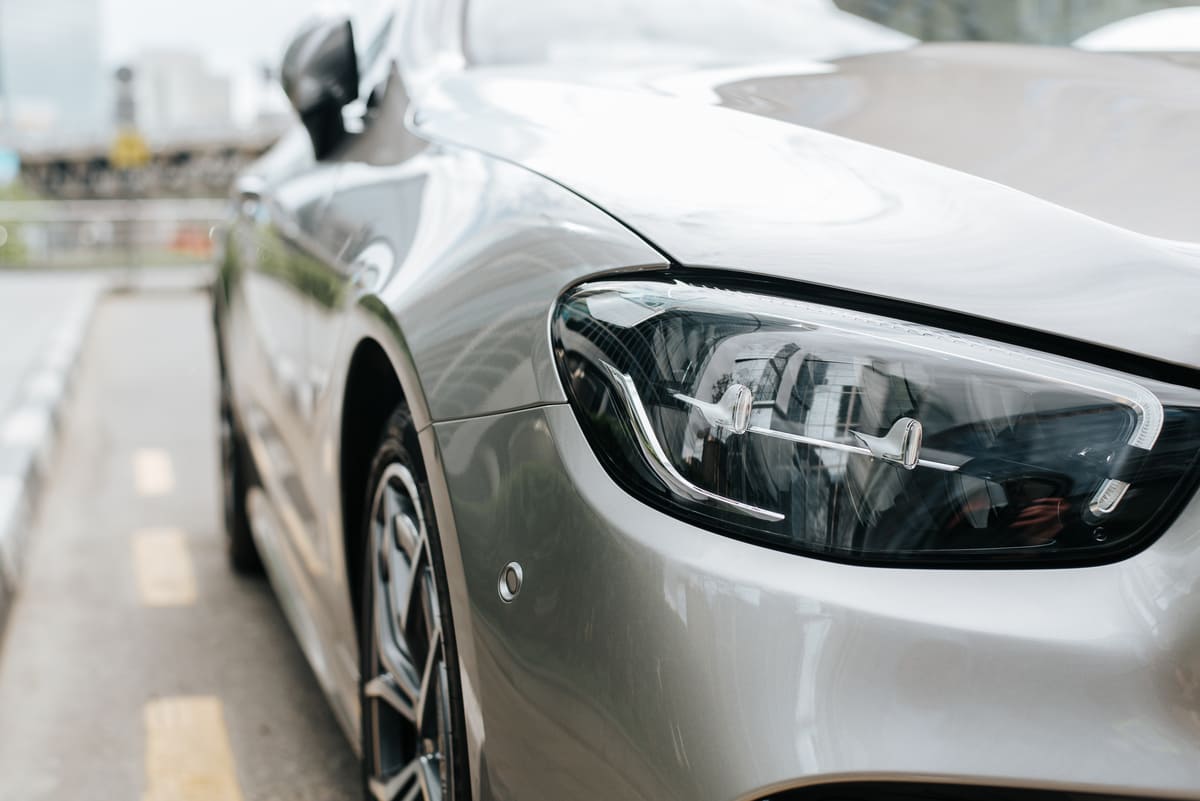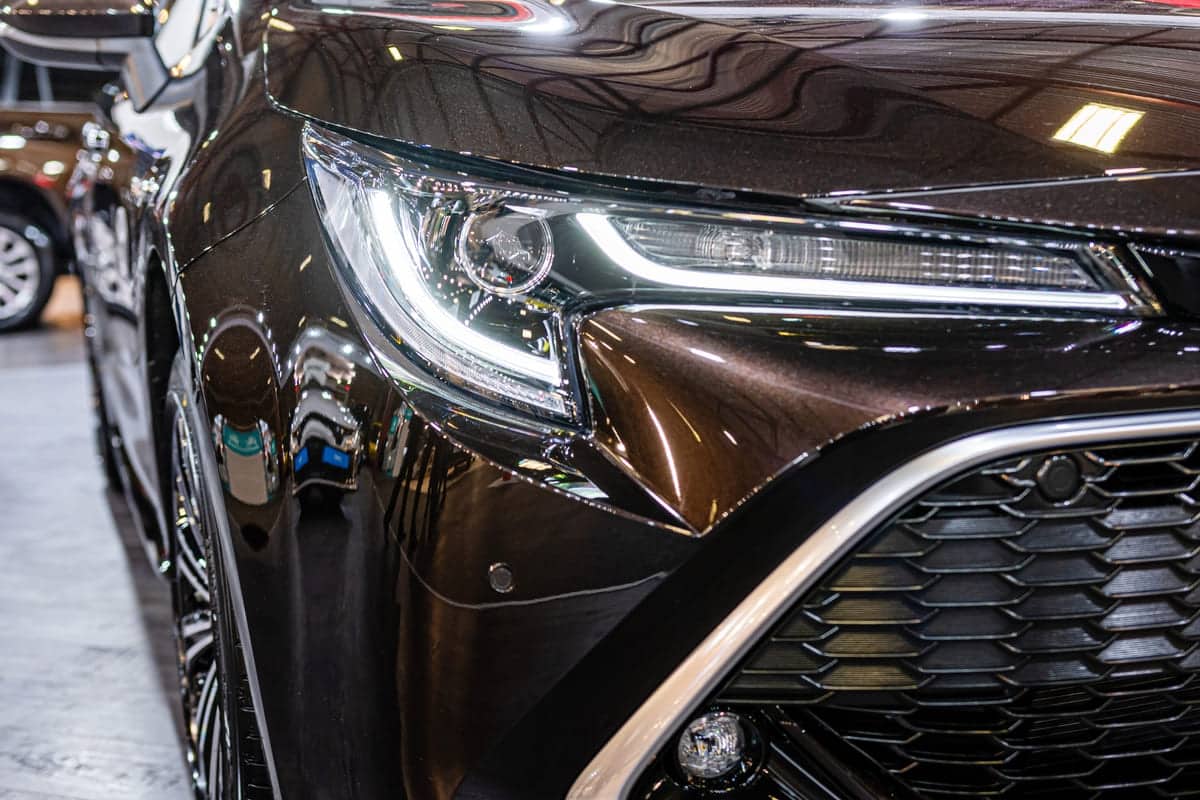Introduced for daytime visibility DRLs are now in many cars. They work independently of the main system and provide continuous light to help you see other cars more easily and reduce the chance of accidents.
What is a Daytime Running Lamp?
A Daytime Running Lamp (DRL) also known as daytime running light or DRL is a light on the front of the car. It turns on when you start the . The main purpose is for visibility during the day.
DRLs help other drivers see your car better. This reduces accidents. They are not as bright as headlights. But they are brighter than parking lights.
Many new cars have DRLs. Some older cars can have them fitted. DRLs use LED bulbs or regular bulbs. LEDs are more common because they last longer and use less energy.
In some countries DRLs are mandatory. In others they are optional. Studies show DRLs make driving safer. They work in all weather conditions including rain and fog.
DRLs are very easy to operate. Drivers don’t need to turn them on or off. They work automatically which is very convenient.
- Daytime running lamp. Wikipedia. Retrieved from
- Daytime Running Lights. Kelley Blue Book. Retrieved from
What Is the History of DRL Lights?
Daytime Running Lamps (DRLs) started in the 1970s. Sweden was the first country to use them widely. They introduced DRLs to reduce daytime accidents. Other countries soon followed.
By the 1980s Canada saw the value of DRLs. In 1989 Canada made DRLs mandatory on new vehicles. This reduced crashes.
Europe followed Canada’s lead. In the 1990s many European countries made DRLs mandatory. Studies showed that DRLs improved road . The European Union set rules for DRLs in the early 2000s. By 2011 all new cars in the EU had to have DRLs.
The US also saw the importance of DRLs. Some car makers included DRLs in their models. But there is no federal law requiring DRLs in the US. Yet many cars have them because they are visible.
- Daytime running lamp. Wikipedia. Retrieved from
- History of DRLs. GoMechanic. Retrieved from
- Daytime Running Light. European Commission. Retrieved from

What is the Purpose of a Daytime Running Lamp?
The main purpose of a Daytime Running Lamp (DRL) is to make vehicles more visible during the day. DRLs help other drivers see your car better. This can prevent accidents and improve road safety.
DRLs work in different weather conditions. They help drivers see your car in rain, fog, and even on sunny days. This makes driving safer for everyone on the road.
DRLs turn on automatically when you start the car. You don’t need to remember to switch them on. This convenience ensures that DRLs are always working.
Many studies show that DRLs reduce crashes. They help drivers spot your vehicle from a distance. This gives people more time to react and avoid accidents.
Some countries have laws requiring DRLs. These laws aim to protect drivers and pedestrians. Even where not required, many cars still have DRLs because they enhance safety.
Now DRLs are everywhere. They make driving safer during the day. Many people trust this simple new technology.
- Daytime Running Lights (DRL). Samsara. Retrieved from
- Daytime Running Lights (DRL). Motive. Retrieved from
How Do You Use Daytime Running Light?
The main purpose of a Daytime Running Lamp (DRL) is to make the vehicle more visible during the day. DRLs help other drivers see your car better. This reduces accidents and overall road safety.
DRLs work in all weather conditions. They help you see your car in rain, fog, and even on sunny days. That makes driving safer for everyone on the road.
DRLs turn on when you start the car. You don’t need to remember to turn them on. That’s convenient.
Many studies show that DRLs reduce crashes. They help drivers see your vehicle from afar. That gives people more time to react and avoid accidents.
Some countries have laws requiring DRLs. These are for the protection of drivers and pedestrians. Even where not required many cars still have DRLs because they are safe.
- Daytime Running Lights. Go Digit. Retrieved from
What Myths Revolve Around the DRLs?
Many myths surround Daytime Running Lamps (DRLs). Some people believe them but not always true. Let’s clear up the confusion.
One myth is that DRLs consume fuel. People think the lights use a lot of power. That’s not true. DRLs use very little power. Modern DRLs use LED bulbs which are very energy efficient.
Another myth is that DRLs drain your car battery. Some think that running lights all day will drain the battery. In reality, DRLs use minimal power and don’t affect the battery much.
Some people think DRLs can replace headlights at night. That’s incorrect. DRLs are not as bright as headlights. You still need to use your headlights in low light or at night.
There’s also a myth that DRLs cause glare to other drivers. While some early DRLs were too bright, newer designs meet safety standards. They provide visibility without glare.
Lastly, some think DRLs are just a marketing gimmick. They believe car manufacturers use them to sell more cars. However many studies show that DRLs improve road safety by making cars more visible.
Now that we clear up the myths let’s see the benefits of DRLs. They are safe with no major drawbacks.


